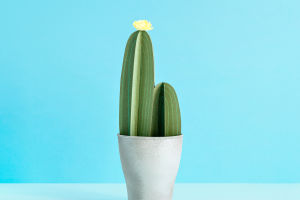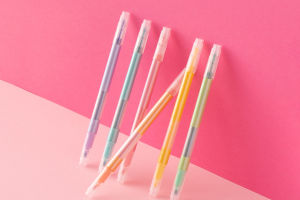One of the most familiar objects in our daily lives, the cup, is far more than just a simple container.
It carries various cultural, emotional, and functional meanings, making it a significant part of the human experience.
We use cups for drinking water, tea, and coffee, but we also use them to decorate our homes or give as thoughtful gifts to relatives and friends.
Though the cup may seem ordinary, its history, design, and emotional value are deeply rich and meaningful. The cup’s history goes back thousands of years, to the very beginnings of human civilization. Ancient humans, in their quest for survival, created simple containers to hold water and food.
The earliest cups were likely made from natural materials such as shells, wood, or stone. As technology advanced, humans began using more complex materials, such as clay and metal, to craft cups with greater sophistication.
Various ancient civilizations, including Egypt, Greece, and China, developed unique cup cultures. For instance, in ancient Greece, finely crafted pottery cups were not only everyday items but also pieces of art.
In China, the invention of porcelain took cup craftsmanship to new heights. Porcelain cups from Jingdezhen became world-renowned for their intricate designs and high-quality firing techniques. These cups were not just objects of daily use but became integral parts of the culture, spreading globally through trade routes like the Silk Road.
Cups are more than just functional tools; they often carry personal and emotional significance. In everyday life, we frequently form sentimental connections with specific cups, whether due to their unique designs or because they are tied to meaningful memories.
A seemingly simple mug, for example, might be a souvenir from a special trip, evoking fond memories whenever you see it. Or, it might be a gift from a loved one, making each use a reminder of their care and thoughtfulness.
Many people even have their own "lucky cup," which becomes an indispensable part of their daily routine, whether used for coffee, tea, or another beverage. These emotional attachments transform cups from mere objects into cherished companions in our lives, imbued with personal stories and memories.
In different cultures, cups take on symbolic meanings. In Western culture, cups often represent celebration and togetherness. At weddings, birthday parties, or New Year's gatherings, people raise their glasses in unison, and the cup in their hands symbolizes blessings, unity, and happiness.
In China, tea cups hold a different cultural significance, associated more with tranquility, refinement, and intellectual cultivation. The tea ceremony places great emphasis on the calm, mindful enjoyment of tea.
During this process, the cup is not just a vessel for the tea—it plays a vital role in enhancing the entire tea-drinking experience. The shape, material, and texture of the cup all contribute to this experience, elevating the tea ceremony into an art form. A beautifully crafted tea cup can heighten the appreciation of tea’s subtle flavors, adding a sense of ritual to the moment.
As times have changed, so too has the design of cups. Modern designers have expanded the range of materials used to create cups, incorporating stainless steel, glass, and plastic alongside traditional clay and porcelain.
Some cups now come with practical features like insulation and even intelligent temperature control, meeting modern consumers' needs for convenience. Additionally, cup designs have become increasingly diverse in appearance.
Today, cups come in a vast array of shapes, colors, and patterns, catering to a variety of tastes. From minimalist designs to more creative, avant-garde styles, there is a cup for every aesthetic preference. Limited edition or handmade cups have even become collectors' items, prized not just for their functionality but as artistic expressions.
An important role cups now play is in the growing environmental movement. As awareness of environmental issues increases, more people are opting to use reusable cups instead of disposable plastic ones.
Cafés and beverage shops often encourage customers to bring their cups, reducing plastic waste and promoting sustainable living. Eco-friendly cups, which have become fashionable, are helping to foster a greener lifestyle by reducing resource consumption and promoting a conscious approach to everyday habits.
Many brands have launched their lines of eco-friendly cups, combining both style and sustainability. These cups are not just practical; they have become symbols of a modern, environmentally conscious way of life. For many, carrying an eco-friendly cup is now a must for daily commuting and travel.
Despite being such common items in our daily lives, cups carry with them a depth of culture, emotion, and design that is often overlooked. Whether as a vessel for a drink, a holder of personal memories, or a symbol of environmental awareness, cups occupy a significant place in our lives.
Every cup has its own unique story, whether we realize it or not. The next time you reach for a cup, take a moment to reflect on the history, culture, and personal memories it represents. You may find that this small object, so often taken for granted, holds more meaning than you ever imagined.


